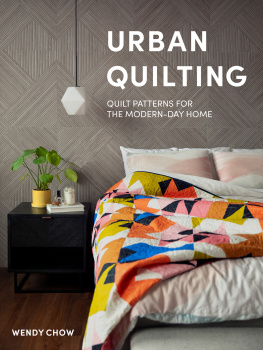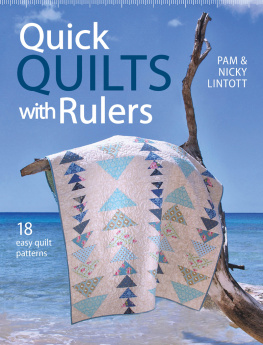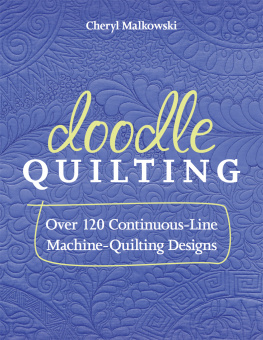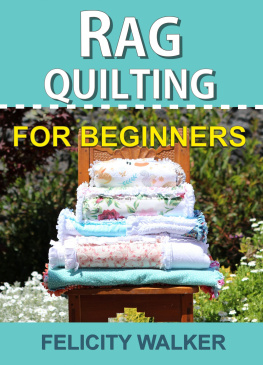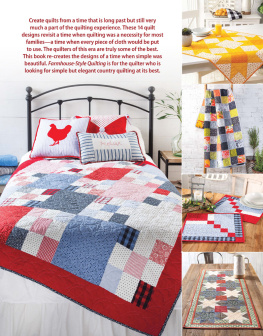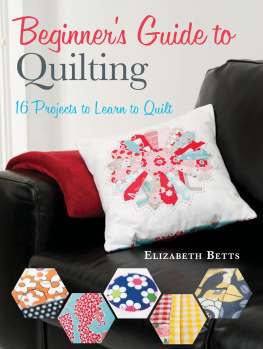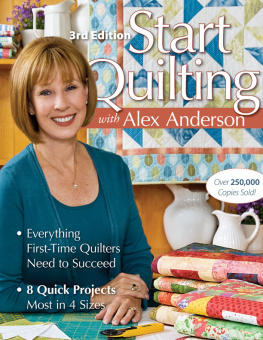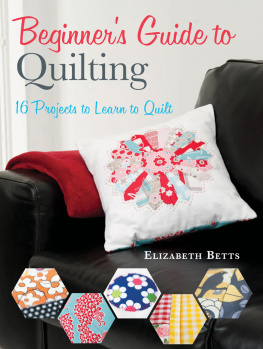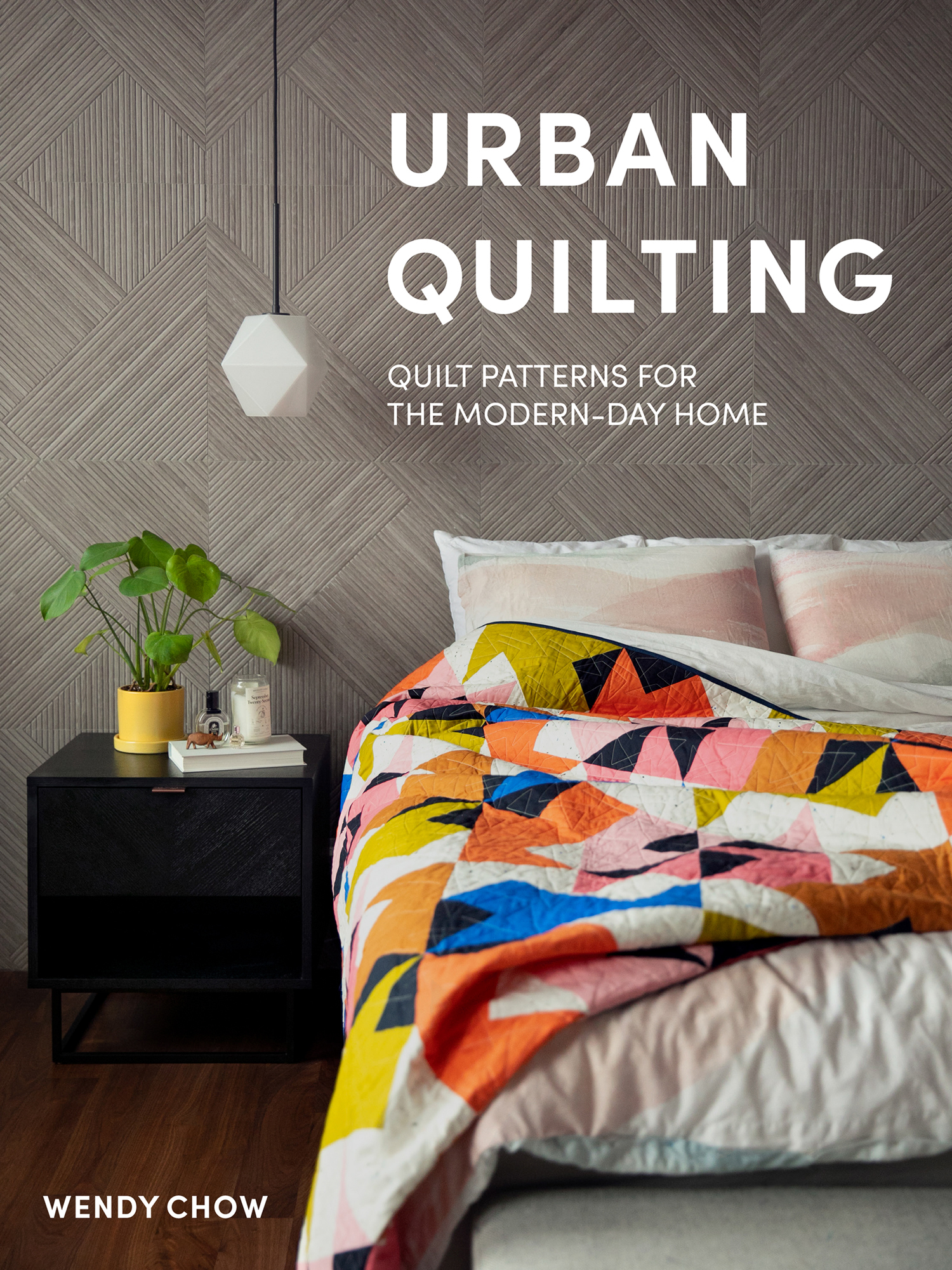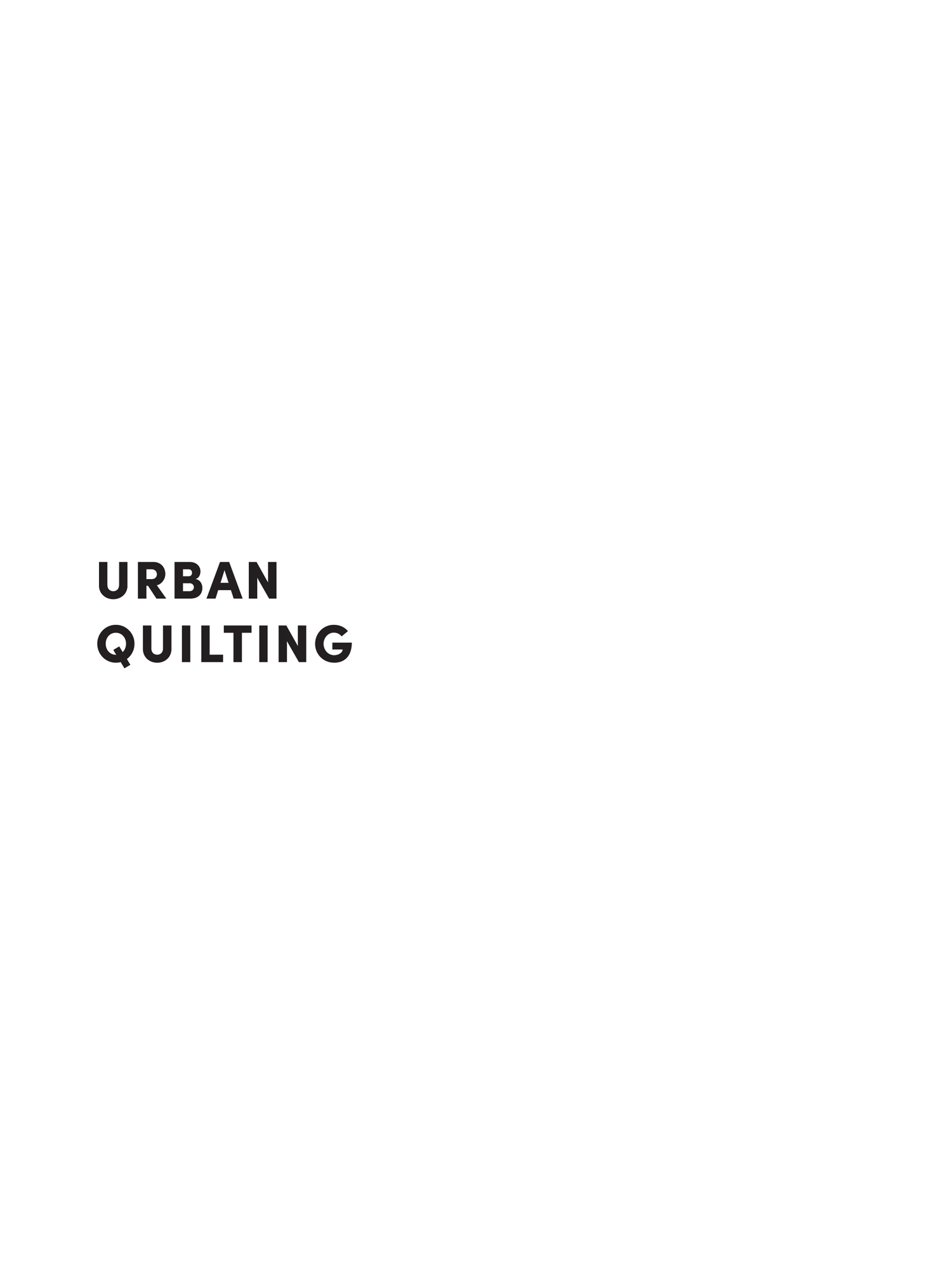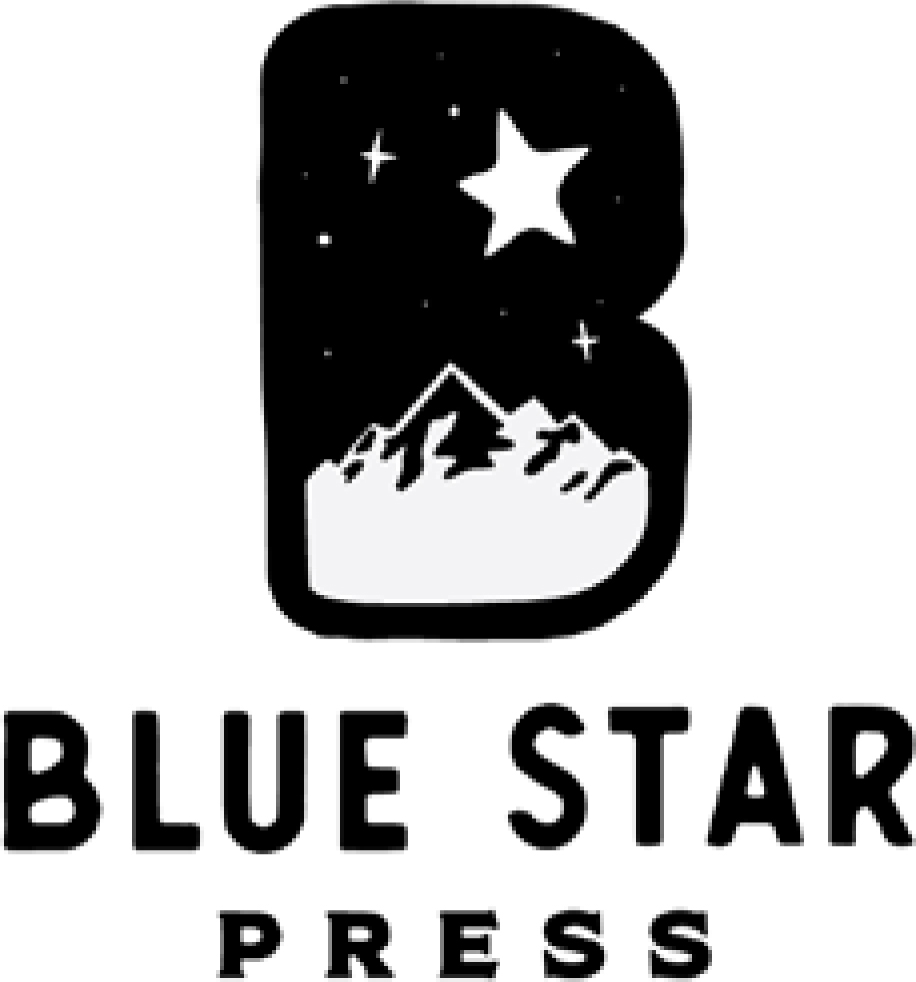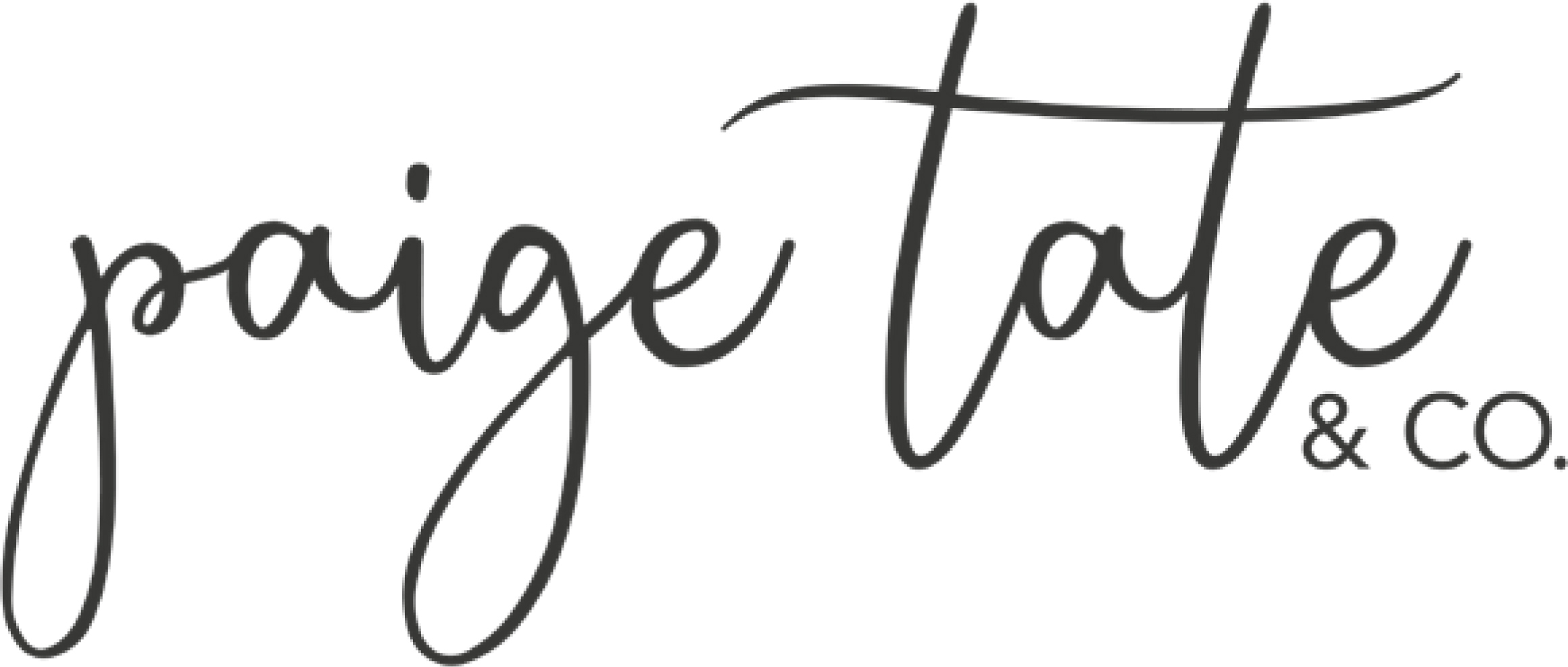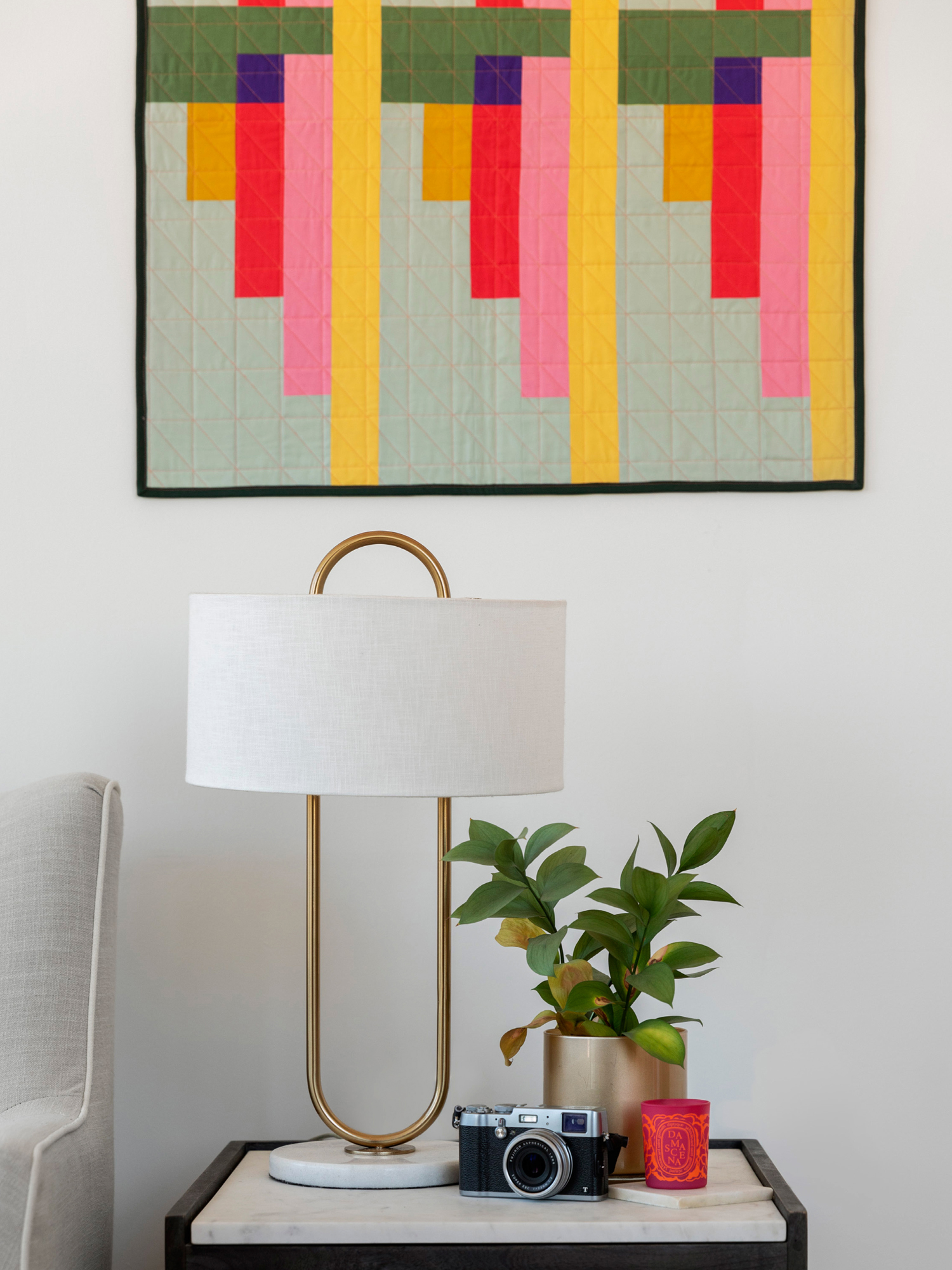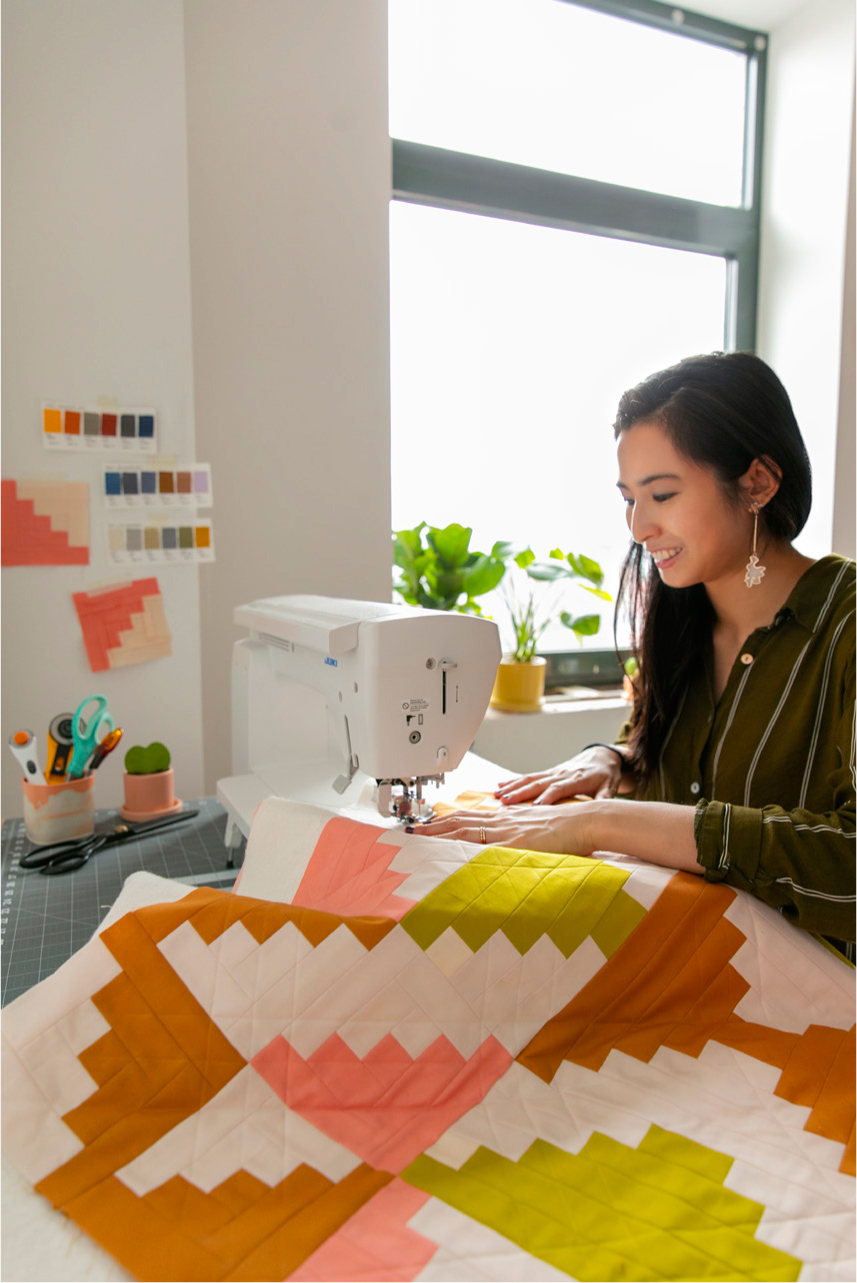Published by Paige Tate & Co.
Paige Tate & Co. is an imprint of Blue Star Press
All rights reserved. No part of this publication may be reproduced or transmitted in any form or by any means, electronic or mechanical, including photocopy, recording, or any information storage and retrieval system, without permission in writing from the publishers.
For Wynne, thanks for being there every step of the way.
INTRODUCTION
Welcome to Urban Quilting!
Ive always been a city girl. I love the faster pace and the diversity, noise, and hustle and bustle that cities offer. I was born and bred in Perth, the West Coast capital of Australia, which is home to about 2 million people and one of the worlds most isolated cities. Growing up, I always dreamed about moving to a bigger city to pursue my career and dreams. Melbourne, Sydney, and Singapore were always on my mind. But never New York City.
Life turned aroundin a good waywhen I met my husband. My aunt introduced us when I studied abroad in New York City for my postgraduate summer program in 2014. And no, it was never a setup. Prior to the meeting, I thought my aunt was going to introduce me to an older guy in his late 30s or 40s. Surprisingly, the man she introduced me to wasnt much older than me, and we hit it off right away. When I left the United States, we stayed in touch almost every day, but I never intended to take things further.
Six months later, my future husband surprised me with air tickets to Singapore, where he made plans for us to meet up. After that trip, the rest was history. For nearly four years, we dated long distance between Perth and New York City. We traveled back and forth and visited multiple cities together, including Hong Kong, Tokyo, Kyoto, Seoul, Melbourne, Sydney, Montreal, and Washington, D.C. Today, we are happily married and live in New York City.
The designs in Urban Quilting were influenced by my travels, urbanscapes, and urban living. This book serves to be a resource for beginners, while also challenging experienced quilters with new techniques and ways of thinking. In addition to offering quilt patterns for various experience levels, the designs explore a variety of methods that help build on your skills. Each pattern also includes a brief insight into quilting history to help you connect the past with the present. Perhaps it will inspire you to write your own story and chapter in the quilt history books. It brings me great honor that you have picked up Urban Quilting, and whether or not you choose to make anything from these pages, I hope this book somehow touches you in your quilting journey.
Why I Started Quilting
I used to work for a marketing research and consulting agency. Turning data into business decisions and advice, and seeing the positive changes in my clients businesses, were things I loved about my job. But working in the industry came with long hours, overlapping deadlines, and never-ending workloads. There were days I was very tempted to sleep on the couch in the office because it was past midnight and I felt too tired to drive home. There were mornings I got into near misses on the freeway and scratched my car at the office garage because I was exhausted from working late the night before.
Quilting was my way to decompress and escape from a hectic corporate job. It was my creative outlet. Thinking about my sewing desk and all the projects waiting on it helped me get through long hours at the office. These thoughts also helped me keep my work life and personal life separate from each other. I did my very best to carve out dedicated time during the week to create by not bringing my laptop home and by not checking work e-mail on my phone (unless I really had to). My creative efforts led to the birth of my brand and Instagram account @the.weekendquilter. The need to frequently create content and post on Instagram to stay relevant, and the connections I made on the social networking site, kept me accountable to maintaining a work-life balance.
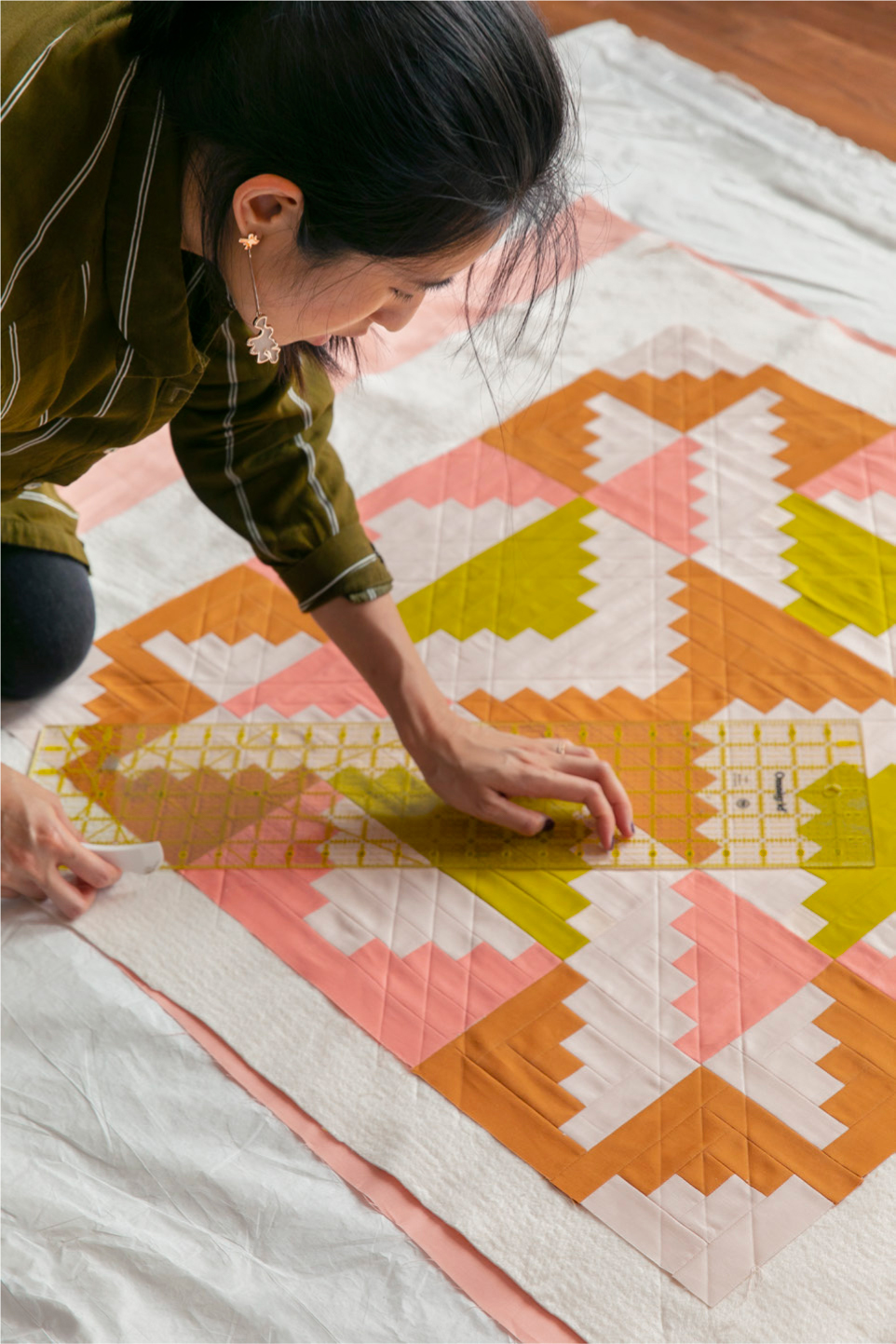
Although my grandmother and mother knew how to sew and make dress patterns, my introduction to quilting did not come from them. My quilting journey started in my parents dining room, which one of my older sisters turned into a quilting room back in 2010. Watching her turn carefully cut pieces of fabric into elaborate quilts for friends and familyand seeing their faces when they received the quiltssparked my interest in the craft. At the time, I was still a university student and worked part-time at my corporate job. After covering my school and living expenses (and satisfying my shopping habits and travel bug), I didnt have much money to spend on quilting classes, tools, or fabrics. I only used free online quilting patterns and my sisters tools and scraps. The clearance and fat quarter sections built my fabric stash. And with my basic sewing skills from high school home economics, I taught myself how to quilt.
Why I Wrote This Book
Being a self-taught quilter, I learned things the long and hard way. For example, I once cut more than a thousand triangles for a queen-size quilt instead of using cutting and piecing shortcuts. Before I knew about chain piecing, I stopped and started the sewing machine at the end of each piece. Rather than pressing my seams as I went along, I sent quilt tops to the longarm quilter with my seams looking bulky and all over the place. (For those who have not heard of these quilting terms, dont worry. Ill clue you in when we go over the basics and tips on how to construct a quilt.)
The way I worked really changed when I participated in Sharon Holland and Maureen Cracknells Sewcial Bee sew-along in 2017. Their comprehensive and creative block patterns introduced me to shortcuts and different construction methods. Learning various ways to make Half-Square Triangles, Flying Geese units, and quilt blocks helped me break down the thought process that goes into quilt design and construction. Shannon and Maureens weekly quilt block built my confidence, which led me to put my own designs on paper and turn them into quiltsand not just for the bed and the couch. My creations became wall hangings and table runners, as well as pot holders, coasters, and placemats.

